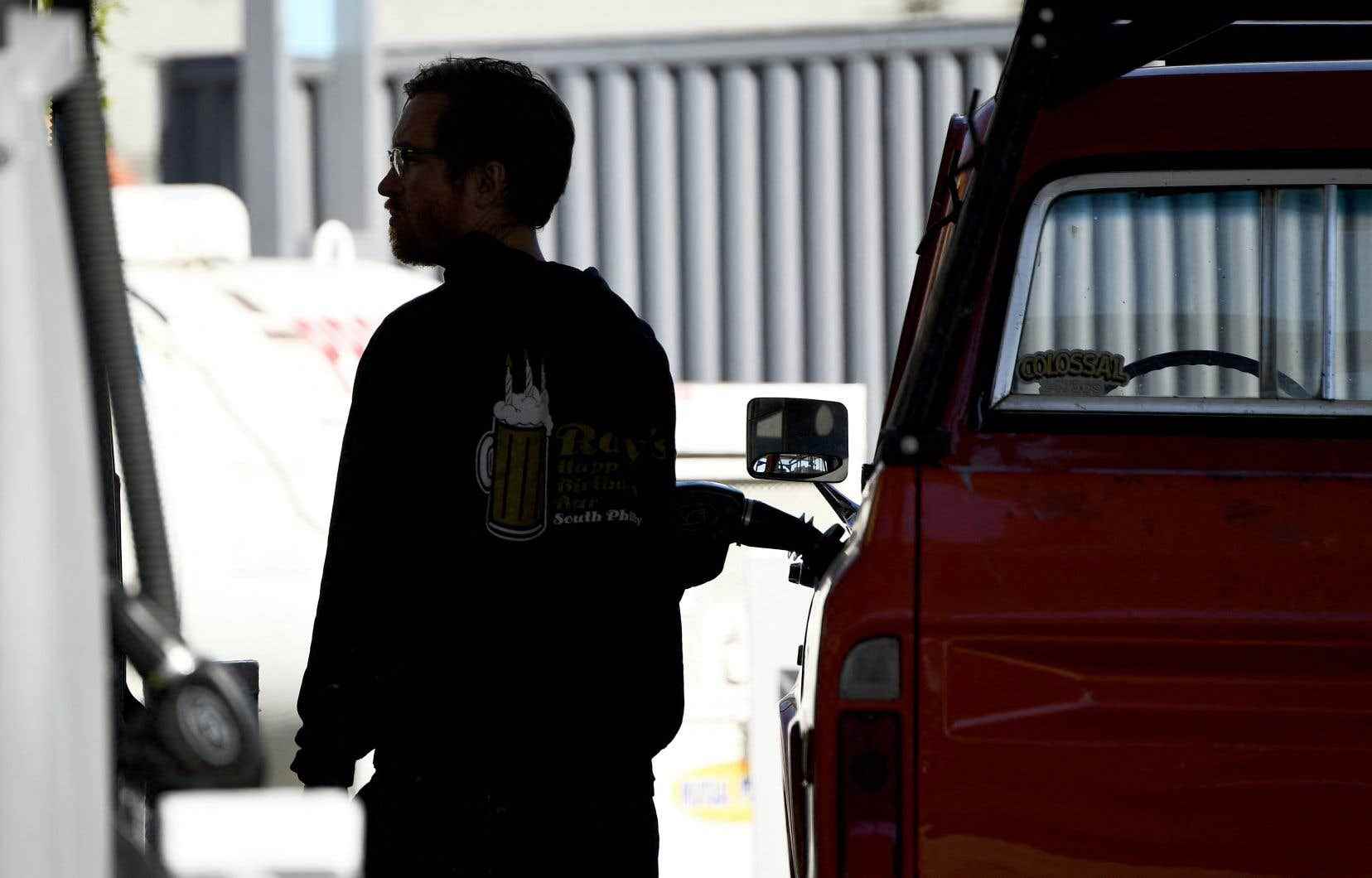Fuel prices have fallen in recent weeks. Consumers are urged to take advantage of this while it lasts, as this drop may be short-lived. And it’s good business for EV sellers, too, experts note.
“The fall is a little calmer as far as the sale of gasoline is concerned, but not for diesel, since it is the busiest season for trucking”, recalls Patrick de Haan, expert analyst for the comparator of GasBuddy award. “The most accurate projections we can make, even if it’s very difficult these days, is that, if everything goes according to plan, the price of regular at the pump in Montreal could go down by 1, $85 a liter — where it stands now — to just under $1.50 a liter. »
This scenario is the most optimistic, he immediately qualifies: if there are no new geopolitical tensions, no hurricanes, no production stoppages… “With everything that can go wrong, and if there is not this economic slowdown that economists predict, the price could instead hover around $1.75 per liter at least until Christmas. »
The American Northeast pays more
A drop in the price at the pump has been observed across the North American continent over the past two weeks. In Quebec, it amounted to approximately 12¢ per liter of regular gasoline. According to analysts, the high price of fuels and other consumer products is in question: it has slowed the spending momentum of households, causing a “destruction of demand”.
The phenomenon then led to a fall in the price of gasoline, which differs depending on the market. In some places in the southern United States, the price at the pump has come down to around $3.60 per gallon, or less than one Canadian dollar per litre. The reason is simple: the refining capacity of the different regions is very unequal. The north-east of the continent is thus penalized by a lack of refineries already observed before the pandemic, but exacerbated by the events of recent months, explains Mr. de Haan.
Fearing a sudden and brutal slowdown in the world economy, the oil sector also prefers to take it easy rather than invest in increasing its refining capacity.
Result: the point of equilibrium between production and demand will continue to favor high prices for consumers, observes Desjardins Securities. “Okay, we are coming out of a month of easing pressure on the price of gasoline,” say analysts of the Quebec cooperative movement in a note published earlier this week. But other factors, such as an increase in demand in Europe and a strengthening of the American dollar, counterbalance this tendency, adds the institution.
She points out that the International Energy Agency also substantially raised its forecasts in early August for global oil demand on the industrial side, which will help keep prices high. “This is a good reflection of the increased globalization of the fuel market. We are all in the same mess together,” concludes Desjardins.
Not so good for electrification
Another very simple equation is also undermined by the current context: the rise in fuel prices will not accelerate the electrification of transport that much, experts believe.
Electric vehicle manufacturers face the same supply issues as others, so the wait to purchase a new vehicle can be very long — up to two years in some cases.
Meanwhile, automakers preparing to bring new models to market are also trying to take advantage of a new US federal policy that aims to help consumers by giving them up to US$7,500 with the purchase of a vehicle. electric.
This is the case of Ford, which has just raised the base price of its F-150 Lightning electric pickup truck by US$7,000, the first units of which will hit the road in Canada and the United States in the coming weeks.
Ford cites an increase in the cost of its components to explain this increase. But anyway, given the limited production of these models, manufacturers prefer to sell them where it is more profitable to do so. And if they raise their prices in the United States, Canada will take a back seat. Motorists who hope to say goodbye to gas stations now will therefore have to find another solution.
